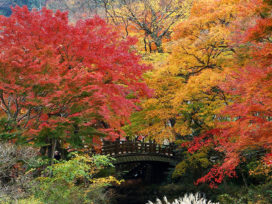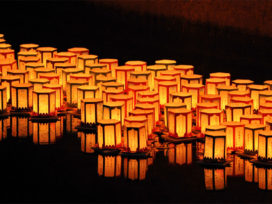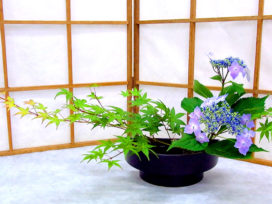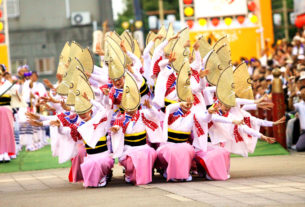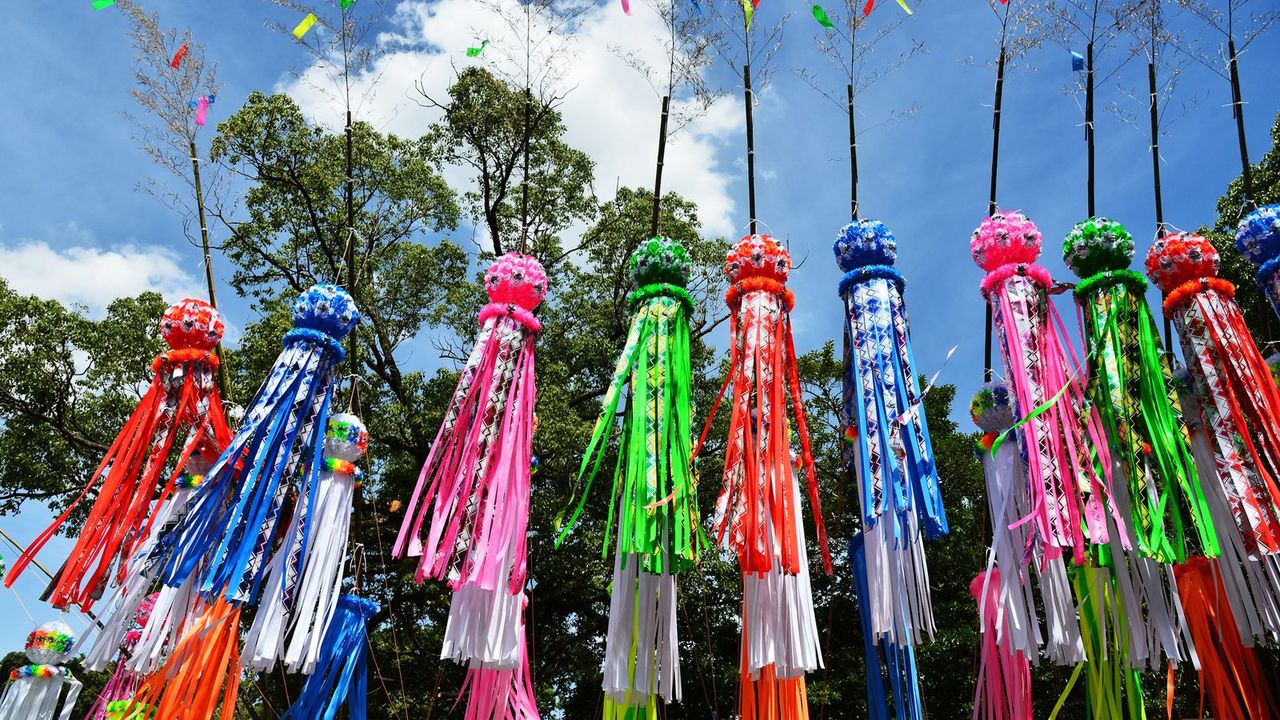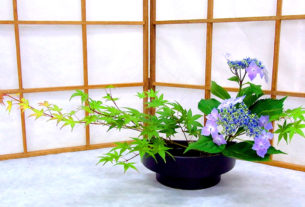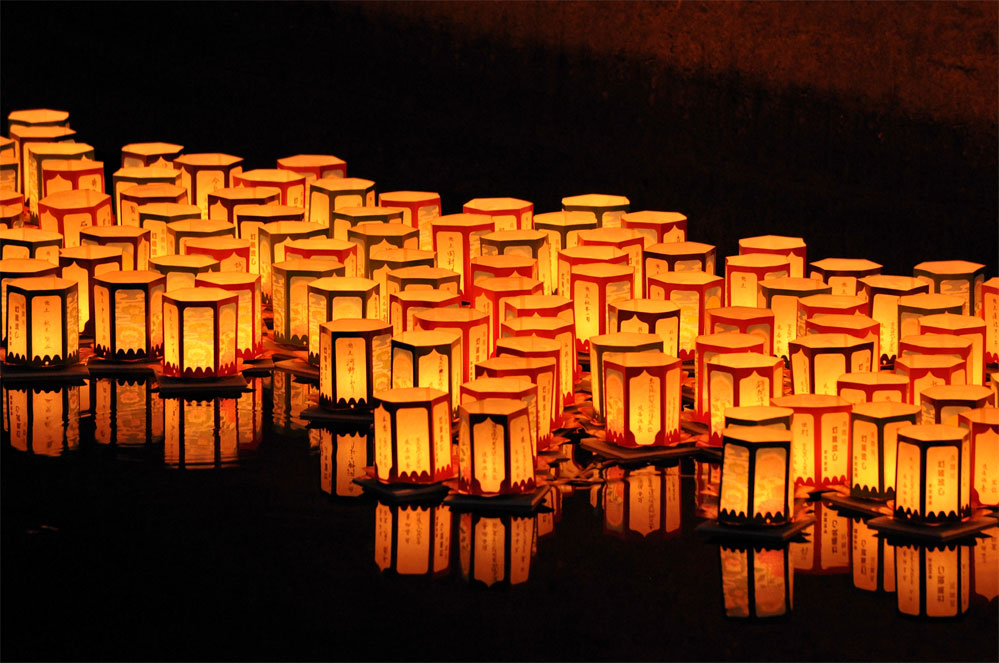
A Guide to Japan’s Obon Festival
Obon is one of the most important Japanese traditions. People believe that their ancestors’ spirits come back to their homes to be reunited with their family during Obon. For the reason, it is an important family gathering time, as many people return to their hometowns to pray together with their extended family for their ancestors’ spirits to return.
The History of Obon
Obon was originally celebrated around the 15th day of the seventh month in the lunar calendar, which is called Fumizuki 文月 or the “Month of Books.” Obon periods are a bit different nowadays and vary by the regions of Japan.
In most areas, Obon is celebrated in August, which is called Hazuki 葉月 in Japanese, or the “Month of Leaves.” Obon typically begins around the 13th and ends on the 16th. In some areas in Tokyo, Obon is celebrated in the more traditional month of July, usually mid-month, and it is still celebrated on the 15th day of the seventh month of the lunar calendar in many areas in Okinawa.
Japanese people clean their houses and place a variety of food offerings such as vegetables and fruits to the spirits of their ancestors in front of a butsudan (Buddhist altar). Chochin lanterns and arrangements of flowers are usually placed by the butsudan as another offering.
The Traditions of Obon
On the first day of Obon, chochin (paper) lanterns are lit inside houses, and people bring the lanterns to their family’s grave sites to call their ancestors’ spirits back home. This process is called mukae-bon. In some regions, fires called mukae-bi are lit at the entrances of houses to help guide the spirits to enter.
On the last day, families assist in returning their ancestor’s spirits back to the grave, by hanging the chochin lanterns, painted with the family crest to guide the spirits to their eternal resting place. This process is called okuri-bon. In some regions, fires called okuri-bi are lit at entrances of houses to send directly to the ancestors’ spirits.
During Obon, the smell of senko incense fills Japanese houses and cemeteries.
Although floating lanterns have gained popularity globally in the last few years, they are known as toro nagashi in Japanese, and they are a beautiful part of the traditions observed during Obon. Inside each toro nagashi is a candle, that will eventually burn out, and the lantern will then float down a river that runs to the ocean. By using the toro nagashi, family members can beautifully, and symbolically send off their ancestors’ spirits into the sky by way of the lanterns.
Another tradition observed is a folk dance called Bon Odori. The styles of dance vary from area to area but usually, Japanese taiko drums keep the rhythms. Bon odori is typically held at parks, gardens, shrines, or temples, wearing yukata (summer kimono) where dancers perform around a yagura stage. Anyone can participate in bon odori, so don’t be shy, and join the circle if you are so inclined.

